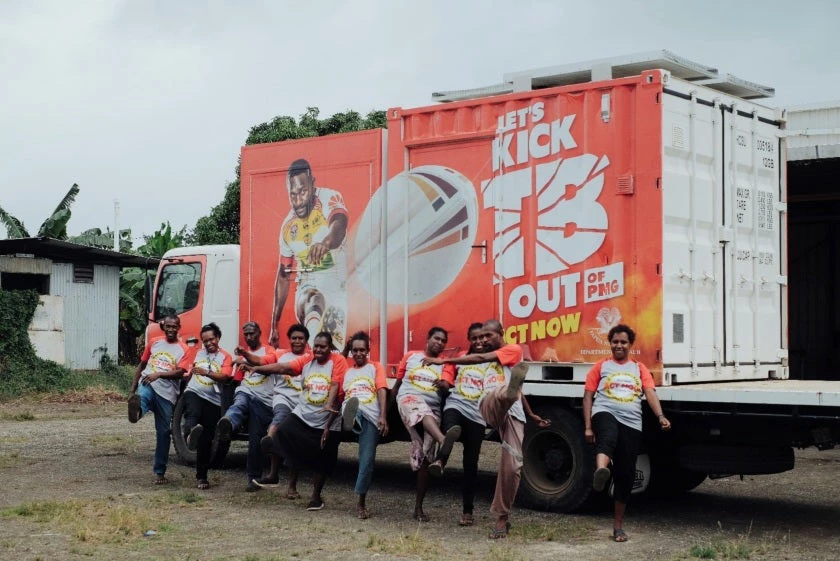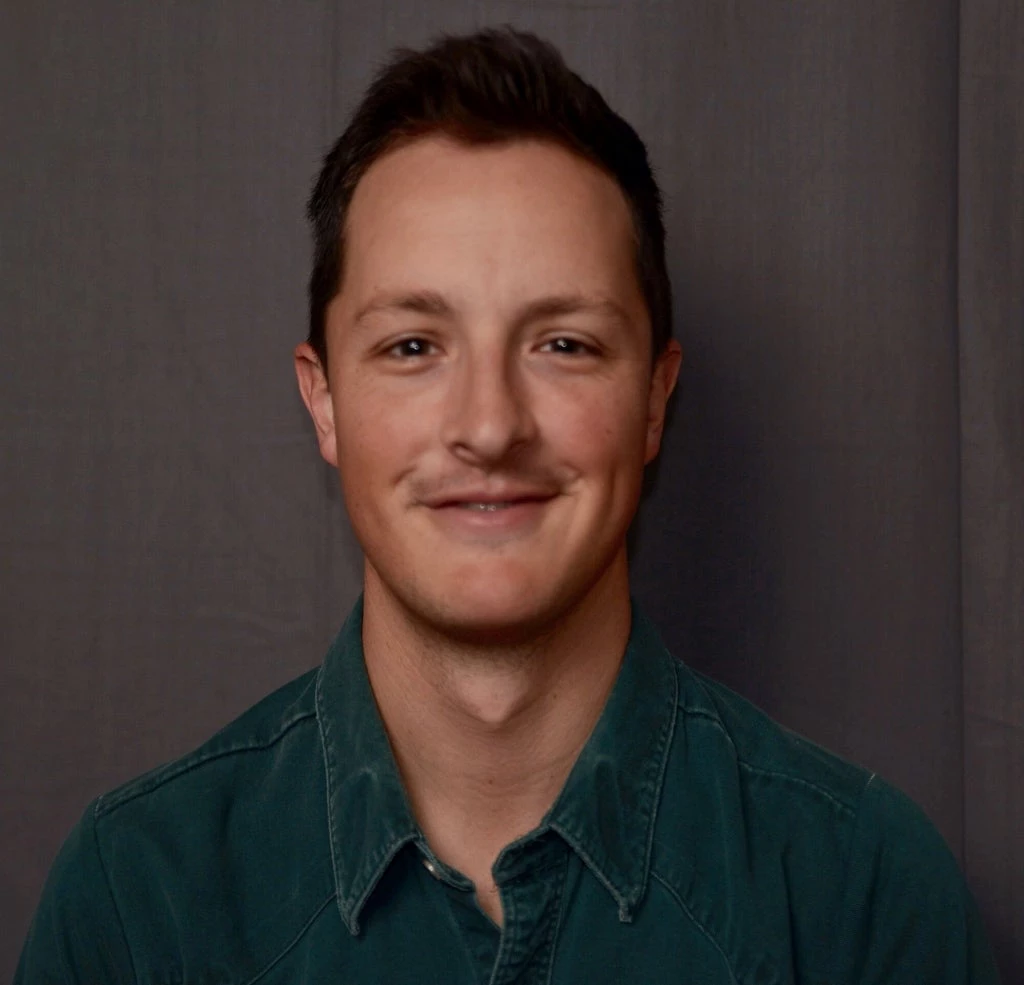
My last surviving grandparent, my Nanna, passed away peacefully late last year. And the end of a loved one’s life – particularly the last member of a generation – is a significant milestone in a family’s history. So I found myself spending a fair bit of time learning more about her younger self, which is when I came to know more about Ailsa.
Ailsa was in a few old, grainy black and white photos and was my Nanna’s older sister; my great aunt. I knew little about her and being honest, I had not really given her much thought. She was seven years older than Nanna and had died very young – at the prime age of 24 – of ‘consumption.’ And I’d never really reflected on how – or why – Ailsa had died so young. Like many other diseases and infections, I’d unconsciously assumed that ‘consumption’ was simply a sickness of a bygone era. That it had been beaten for good, and become, through the course of medical progress and history, a tragedy that my own generation was now lucky to avoid.
But ‘consumption’ – so called because of its tendency to consume the weight and bodies of those affected by it – remains a major global battle of modern times. It is now better known by its more accurate name: tuberculosis (TB).
TB remains one of the top 10 causes of death globally, with more than 1.6 million people dying from the disease in 2017, and an estimated 10 million people falling ill with TB each year, including one million children.
While modern medicine and drugs have advanced, unfortunately so has TB. Last year I travelled to Daru Island, a small island off the Southwest coast of Papua New Guinea (PNG)’s mainland a few hundred kilometers north of Australia in the Torres Strait, and a place that has become the epicenter in the fight against TB in PNG. In 2016, the World Health Organization (WHO) declared Daru one of the world’s ‘hotspots’ for Multi-Drug Resistant-TB (MDR-TB), a strain of the disease particularly difficult to beat.
MDR-TB’s strength is often built up when a patient begins a course of treatment for ‘standard’ TB, then discontinues that treatment when they feel better. In PNG, nearly 87% of people live in small villages far removed from cities and big towns. Those who are sick or injured are often forced to travel many hundreds of kilometers to get to a hospital or clinic for even the most basic of treatments. Daru, which is home to the biggest public or government-run hospital in PNG’s Western Province, is an area of nearly 100,000-square kilometers of rugged rivers and mountains.
It’s understandable, then, that upon feeling better, patients may want to leave a place like Daru and return to their families and communities as soon as possible. By doing so, this often means patients don’t finish treatment, and as TB remains in their bodies, building a stronger resistance to drugs, it often becomes MDR-TB.

This is, without hyperbole, life-saving work. This video, which we filmed across Daru Island with the support of the Australian Government and World Vision’s team in PNG, will help you learn more about TB and how it is both detected and treated, as well as give you the chance to meet many of the remarkable people I met last year who are dedicating their lives to this fight:
And for those who want to truly feel transported to Daru, here is an insight into the treatment process, in 360-degree VR:
As you can see, the fight against TB and MDR-TB on Daru is tough; requires significant commitment of many organizations, big and small, and an extraordinary amount of strength – both from those working on the front lines each day, and of course, from those living with TB; who are not only fighting a physical battle, but also a mental one full of doubt, fatigue and stigma. TB survivors like Iru Tofinga are helping to fight this, and giving hope to those going through treatment. Iru is now working as a TB counsellor through the Burnett Institute, supporting others during the long, difficult, and often deeply lonely treatment process:
Iru is one of countless stories of those who are dedicated their lives to fighting TB in Daru, and across PNG. Lilian Dada, who works at one of World Vision’s five treatment sites on Daru, provides daily support and counselling to Edna Daii, a mother of two who is now fighting Multi-Drug Resistant TB (MDR-TB). Says Lilian of her relationship with patients like Edna: “I want all my patients to be well. Because they are part my family.”
And there are others working a little further behind the scenes whose stories deserve equal attention. Pina Paru, known better as ‘Mama’ Pina to most in Daru, prepares hundreds of free, nutritious meals seven days a week, every day of the year, to help TB patients get through their heavy treatment. Says Mama Pina of her motivation to dedicate her life to cooking these meals for TB patients: “I think it comes from down – way down – in my heart. It comes from there all the way to my thoughts. I enjoy my job cooking in the kitchen and I love taking care of the patients.” Her story is below:
TB is unquestionably a tough – often sad – issue to delve into and understand, and I did leave Daru affected by many of the stories I heard of TB and its impacts. Yet the strongest feeling I took with me from Daru was not one of sadness; but hope. That those who are day after day doing what they can to kick TB out of Daru; and eventually, PNG, are remarkable in their strength of character. And their fight is working: since 2012, the percentage of patients not completing their treatment has gone from 30% to nearly zero – a critical objective in fighting TB’s spread on the island.
However, the fight is still immense. Tuberculosis has emerged as PNG’s leading cause of death, with 35,000 new cases a year, making PNG the world’s 10 th highest impacted country per capita. While this may seem like a losing battle, Peru’s impressive progress, for example, provides plenty of motivation for health workers and policy makers that strong, sustained interventions do work, save thousands of lives and ultimately change the direction of infection rates.
Medical progress – and the dedication of many thousands of patients, health workers, advocates and policy makers – has brought many countries far from the time when millions of lives, just like my great aunt Ailsa’s, were lost to TB. Yet we know it’s a fight that has a long way to go: current projections suggest that unless the fight is scaled-up, the world will not achieve the Tuberculosis component of Sustainable Development Goal 3.3, and eradication may potentially take 160 years.
That’s unacceptable – we can do more, faster. So let’s use today – World TB Day – as a reminder that we need to get behind efforts like the one in Daru to ensure that anyone, regardless of where they were born, can confidently say that TB has truly – and finally – become a disease confined to the pages of history.


Join the Conversation